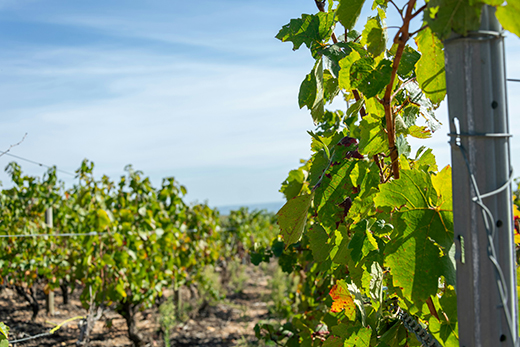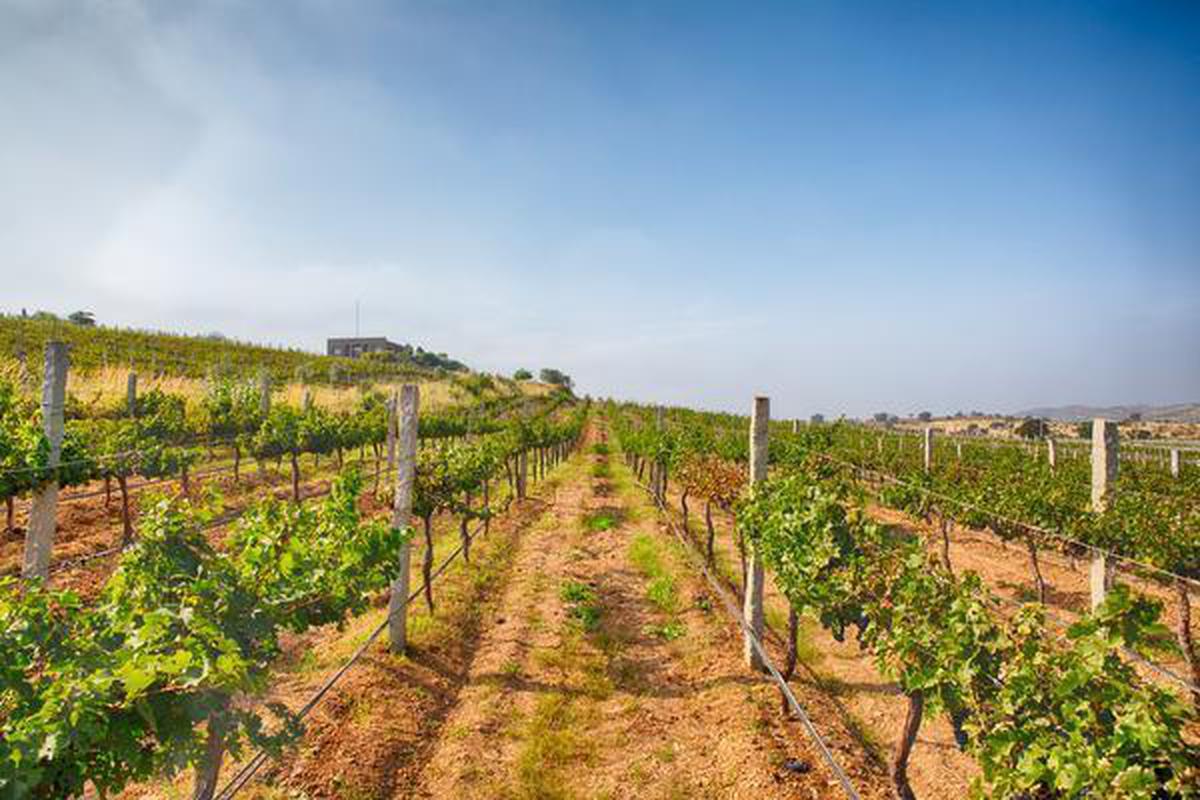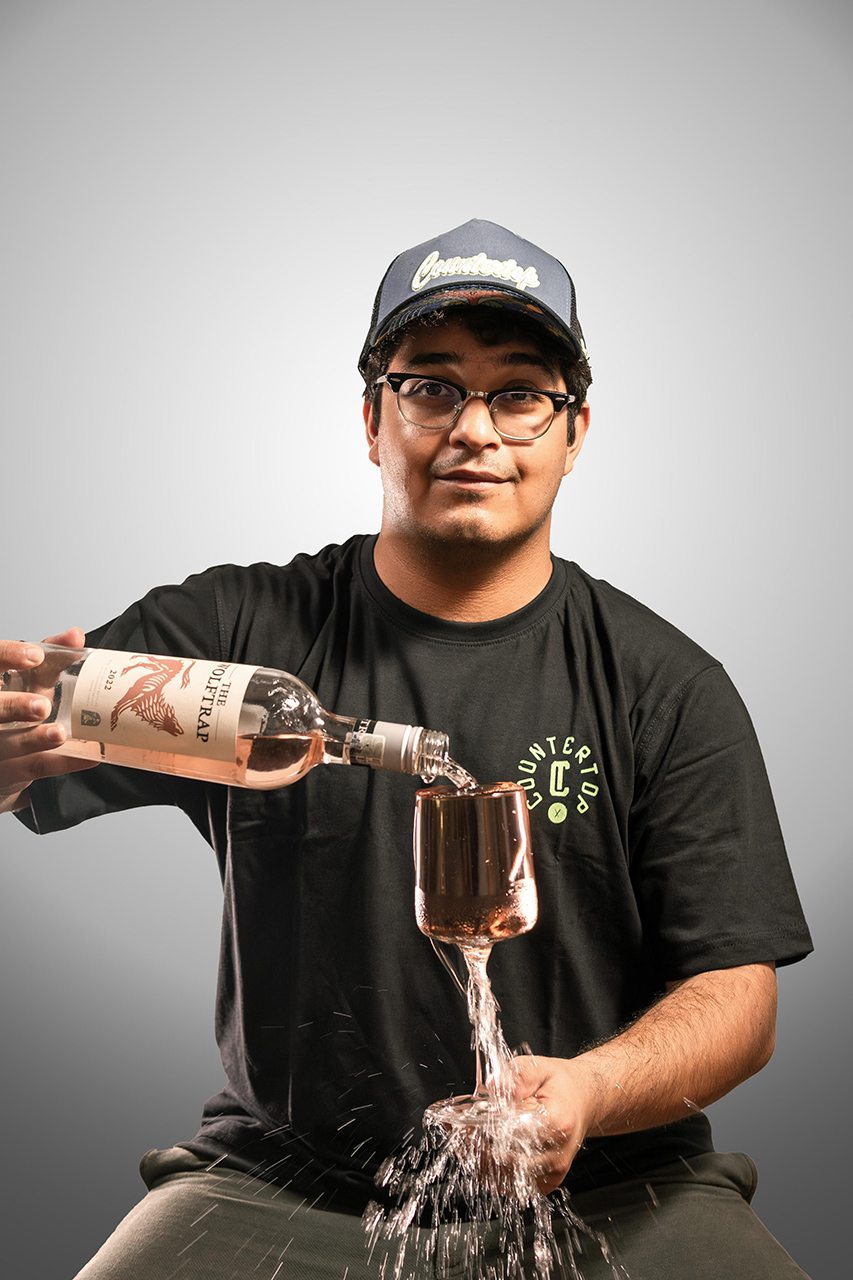By Abhya Adlakha
Prithvi Nagpal’s journey into the world of wine started amidst the bustling corridors of hotels in Nepal, where he spent his early years. Born into a family deeply rooted in the hospitality industry, Prithvi’s path seemed destined for the hotel sector until a wine class at the Oberoi School of Hospitality unveiled his true passion. A transformative trip to France at 18 sealed his fate, leading him to leave Oberoi and dive headfirst into the wine industry. Over the past eight years, Prithvi has worn many hats, from retail and distribution to consulting and magazine editing.
In an exclusive interview with PEAKLIFE, the wine sommelier delves into his journey, his vision for India, and shares some of his favourite wines.
How did your love for wine begin? And why this career path?
I come from a family deeply rooted in the hospitality industry. My earliest memories are intertwined with hotels; I was born in Delhi. However, my family moved to Nepal eventually and I lived there for six years, practically growing up in and around hotels. By the time I reached seventh grade, I was certain I wanted to pursue a career in the hotel industry.
I got into the Oberoi School of Hospitality and I wanted to stay in India, not because I saw a lot of potential — I was only 17 — but because my family was from that background and it made sense to stay here. It was during a wine class that I discovered my innate affinity for understanding wine. My mother was a geography teacher, and many people don’t realize that wine is just a lot about understanding climate and regions. That’s all you really need to know — red wines come from hot places, and white wines come from cool places, and then you just start segmenting it.
Finally, when I turned 18, my family and I went to France and I booked a wine tour for myself — and that was one of the most phenomenal experiences I had at that time. I was struggling at Oberoi, not understanding my place in the world, and I felt like I had no purpose. I’d heard the word “passion” so many times, but I had no idea what passion meant. And then at the vineyard, I saw the winemaker passionately talk about the wines he makes with this glimmer in his eyes — like it was his baby. And then I was like, okay, this is something I can do. And I’m so grateful because my family was super supportive. So I quit Oberoi in my second year and I formally entered the wine industry then.
As a certified wine sommelier, can you share some of the key projects you have undertaken in India in this role?
Well, I’ve worked over the past eight years that I’ve been in the industry. I’ve worked in every vertical in the wine industry — retail, distribution, import; I’ve worked as an editor for a wine magazine. And now, I work in consultancy. I think everything I’ve done so far has really helped me consult better and now my job is to build brands, do training and tastings, curate wine menus at restaurants and bars, and also help build wine bars in India.
When I was around 21, I helped set up my first wine bar, a sustainable venue called For Earth Sake in South Point Mall, Gurugram. We curated a unique list of sustainable, organic, and family-owned wines, steering away from commercial wineries. Later, I worked with Melt House at 32nd Avenue and set up wine lists for Izumi in Mumbai and Goa, for Veronica’s and for Papa’s.
One of my most challenging projects was making Veronica’s wine list fun and approachable by categorizing difficult-to-pronounce wines under “Gibberish” and using emojis as descriptors. This approach made wine selection less intimidating and more engaging for consumers.
I’ve also done food and wine pairing menus for The Papa’s, an eight-seater fine dining restaurant, and provided training for staff at renowned establishments like Bombay Canteen. My focus is on pricing wines close to retail to encourage more consumption in India’s price-sensitive market.
Additionally, I conduct monthly wine events across Mumbai, Delhi, Bangalore, and Goa, and run an initiative called No Snob Wine Society, which aims to make wine events more enjoyable and accessible. The wine industry in India has been booming, and it’s been an exciting journey so far.
As a wine sommelier, what are some of the challenges you’ve faced in India when it comes to wines?
One major challenge is the intimidation factor surrounding wine. People have gotten so intimidated with wine that you have to start from scratch at this point. The industry has historically gatekept wine knowledge, making it seem complicated and inaccessible to the average consumer. The whole idea around, you know, one has to dress a certain way or hold a glass a certain way or swirl it or the way you smell it makes wine even more inaccessible to consumers. This has led to a need to demystify wine and present it as approachable and enjoyable.
Another significant issue is the high import duties in India, which are around 150%. This, combined with the multiple layers of importers, distributors, and retailers, inflates prices considerably, making quality wines less affordable. Additionally, there’s a prevalent reluctance to sell wine at accessible prices. Many prefer to sell fewer bottles at higher prices rather than more bottles at reasonable prices, limiting widespread wine enjoyment.
However, as disposable incomes rise and Indians travel more, there is a growing interest in wine. Southeast Asian countries like Singapore, Hong Kong, and Vietnam have vibrant wine cultures, particularly with natural and organic wines. This trend is beginning to take hold in India as well, especially among health-conscious consumers.
To address these challenges, I’ve been involved in innovative events that make wine more relatable. For example, we recently hosted an event called “Vinyl and Vino,” where we paired wines with old school vinyl tracks, and we’re planning a “Junk Food and Wine” dinner party to pair gourmet junk food with fine wines. These initiatives aim to break down barriers and make wine fun and accessible to everyone.
What are some of your favourite wines that you’ve discovered recently?
I recently returned from a trip to Spain and was thrilled by the emerging trends there. Spain, often overshadowed by France and Italy, is now making a significant mark with its exceptional indigenous grape varieties. One standout wine I discovered is As Sortes by Rafael Palacios, made from the native Godello grape in western Spain. This wine blew my mind with its versatility, pairing perfectly with food and being delightful on its own. It’s what I call a “dangerous wine”—incredibly quaffable and easy to sip on endlessly.
Portugal is also an exciting region on the rise, offering creative and value-for-money wines compared to their French and Italian counterparts. Another favorite of mine is this grape called Gamay from Beaujolais, France. It’s fruity, juicy, and boozy—perfect for a summer afternoon. Sadly, Beaujolais doesn’t work as well in India.
I also have a deep appreciation for full-bodied Cabernets. If not a Cabernet, I often find myself going back to Spanish wines.

How do you think the wine industry in India has evolved over the last decade?
I think Indian wines are absolutely fantastic. Indian wines have made significant strides in the last decade, but the industry faces unique challenges. Each brand must register separately in every state, making it costly and complicated to expand. Domestic brands often lack the funds for widespread availability, especially those driven by passion and bootstrapping their operations.
Despite these hurdles, India boasts some remarkable wineries. KRSMA, from Hampi in Karnataka, was voted the 41st best vineyard in the world. Their Chenin, Syrah, Sauvignon Blanc, and Cabernet consistently outperform many imported wines in blind tastings. Similarly, Vallonne in Nasik produces exceptional wines, including a Merlot Reserve with a distinctive chocolate aroma and a unique Cabernet Sauvignon Rosé. The owner, Shailendra, is incredibly passionate and dedicated to the craft, making a significant impact on the Indian wine scene.
Sula, often a topic of conversation, deserves respect for creating a platform that encourages other wineries to experiment. While their everyday wines may not be my first choice, their Source series, which focuses on minimal intervention winemaking, stands out. These wines allow the grape to express the terroir, reflecting the unique character of the land. Overall, the Indian wine industry is evolving with increased quality and innovation, despite the regulatory and financial challenges.

For someone who knows nothing about wine, what are the three things I need to pay attention to when picking a bottle?
Okay so, firstly, go to a good restaurant. You need to go to a place that is actually serving good wine—if you go to a cocktail bar and ask them for their wine list, you’re setting yourself up for disaster. I’d put in that effort to check out their menu before I hit the place to see what they’re offering and then maybe read up a little.
Secondly, look at how well the staff is versed with the wine list they’re offering. If I know nothing about wine, I would rely on a good sommelier.
Thirdly, a good price range of wines being offered is also important. It shows how much effort a place has put into curating the selection of their wines.
Is it true that the more expensive a particular wine, the better it is?
Not necessarily. Consider the cost differences between land in France and Argentina, or labor and equipment costs in various regions. Higher expenses don’t automatically mean better wine. Much of the wine industry, especially with high-end wines like Champagne, involves marketing and hype. Packaging and branding often influence price more than quality.
When evaluating wine, look for indicators of quality such as regional classifications. In Italy, for instance, DOCG wines are typically higher quality due to stricter regulations on smaller parcels of land.
Also, personal preference plays a huge role. If your first coffee was an espresso, you might not like another coffee right away. The same goes for whiskey or wine; starting with the most expensive might not mean you’ll enjoy it. Price can reflect legacy, history, or tradition but isn’t a guarantee of quality.
For example, Romanée-Conti, a wine from Burgundy, is incredibly expensive and highly valued. However, the best wine for me is one that I can return to repeatedly, that enhances conversations, pairs well with food, and stands by me through life’s moments. That’s what makes a wine truly special.












